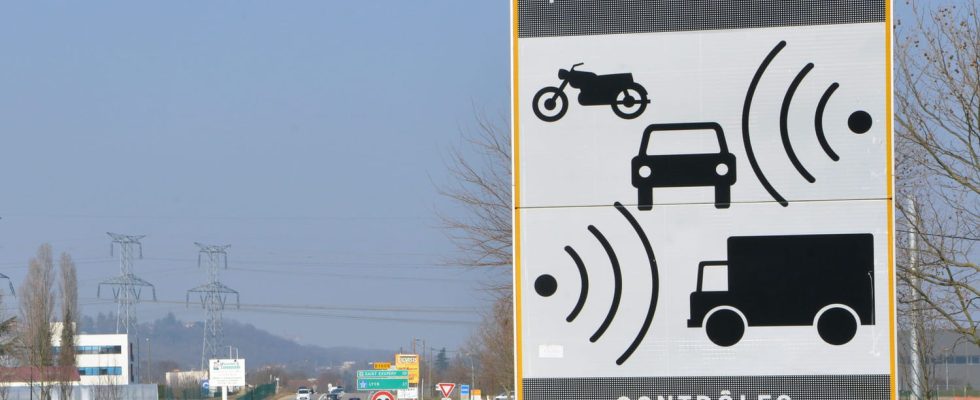Not all drivers know the speed limit rules, there is one that is surprising.
How do you know what speed you are allowed to drive when you are behind the wheel of your vehicle? The best-known and safest way to find out is to look at speed limit signs on the side of the road. Round in shape, on white backgrounds and surrounded by red, they indicate with a number written in black the speed in kilometers/hour not to exceed so as not to risk being flashed by a radar or caught by the police or the gendarmerie. GPS also reports the authorized speed but sometimes they are wrong, for example when you are driving on a recent road or in the event of new limits, hence the interest in updating them regularly.
In France, speed limits are generally set at 30 and 50 km/h in towns and city centers, at 80, 90 and 110 km/h on departmental and national roads, and at 130 km/h on motorways. Young drivers are subject to stricter limits on expressways and weather conditions, in this case rain, can also reduce the authorized speeds by a few kilometers/hour. If the vast majority of motorists have these figures in mind, there is another rule in the Highway Code concerning speed which is much less known to the French. However, as with any speeding violation, it gives rise to a fine.

This rule concerns all drivers, young or experienced. But this time it does not punish motorists who have too heavy a foot on the accelerator pedal. Quite the contrary. In fact, in France there is an article in the Highway Code, R413-19, which stipulates that driving too slowly can be considered an offense. “No driver must interfere with the normal operation of other vehicles by traveling without valid reason at an abnormally reduced speed,” we can read. This “abnormally reduced speed” is not fixed by a figure, so it is at the discretion of the police, but we nevertheless advise you not to attempt to drive at 15 km/h on a national road without no reason if you don’t want to be fined… and for obvious security reasons.
In France, only one type of road has a specific speed below which a driver must not go if he does not want to run the risk of being stopped. This is the highway. It is in fact prohibited to drive at less than 80 km/h in the left lane, the one normally dedicated to overtaking, if traffic is flowing and the weather is dry. And if you are caught “excessively slow”, less than 80 km left on the motorway or if you obstruct traffic anywhere, you will receive a second class fine, with a fine of 35 euros to pay. However, no point deduction is possible for driving deemed too slow.
